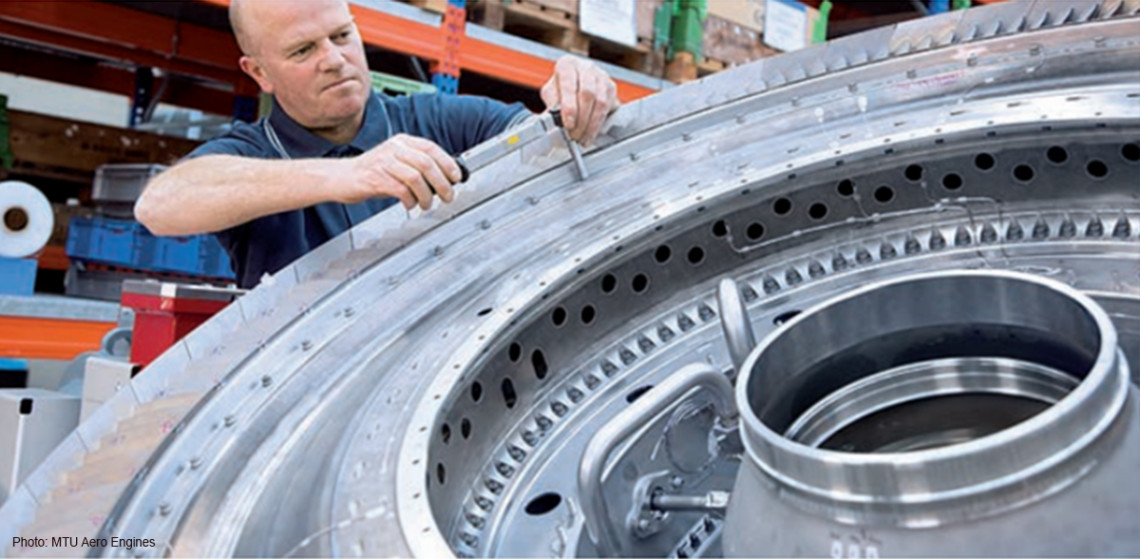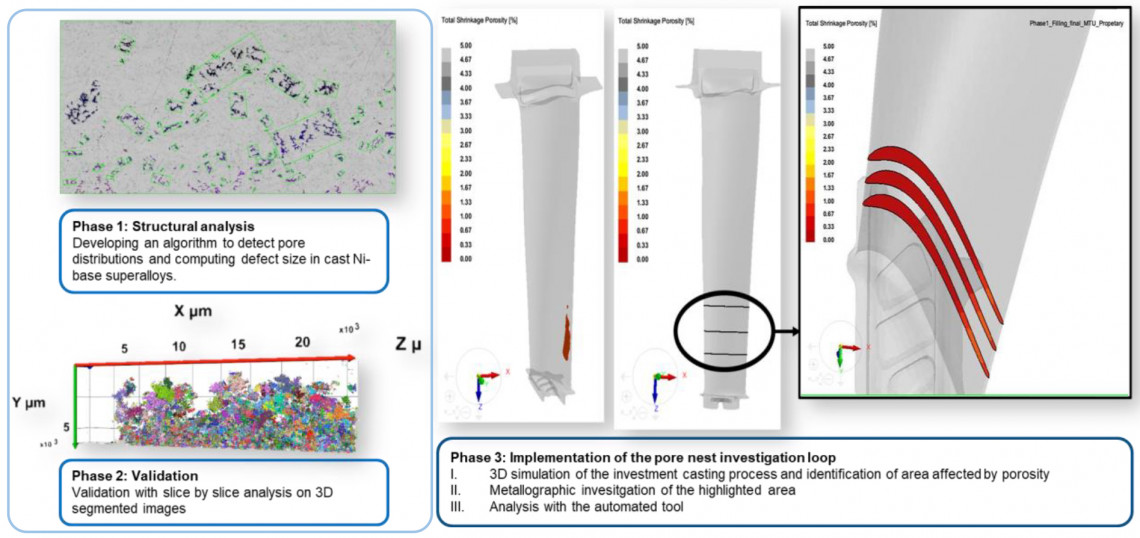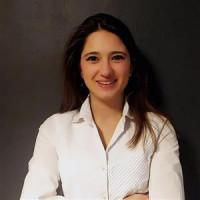How to automate the detection of critical size defects in nickel-based superalloys?
MTU Aero Engines’ manufacturing process engineers share their best practices on using casting simulation to efficiently master their entire investment casting processes

During the EuroSuperalloys 2022 symposium taking place this month, I will present a paper jointly with our customer MTU Aero Engines, based in Germany, and our material characterization partner, UES Robomet, based in Ohio.
If you work in the parts supply chain for the aerospace sector, chances are that you are familiar with the challenges associated with the production of cast parts made of nickel-based superalloys. Producing defect-free parts is a challenge and so are expensive hardware tests – not just financially by affecting cost and profitability, but the waste of material and emission also costs the environment and is no longer an acceptable practice in terms of sustainability. Therefore, digitalization is approaching the manufacturing world quickly and suppliers of cast parts are no exception.
One of the digital leaders in the aerospace domain is MTU Aero Engines, where manufacturing process engineers have investigated a solution based on numerical casting simulation with which we can predict the formation of critical defect sizes. Let’s take a moment to make sense of the engineering pains before we investigate how automated analyses and casting simulation help solve these issues.
Predicting pore clusters by numerically simulating investment casting processes
Pore clusters are a common manufacturing defect formed during the investment casting process by specific solidification conditions. Unfortunately, those pore clusters are a primary crack initiation source, resulting in high scrap rates for aero parts manufacturers. In the long-term, these pore clusters can also translate into reduced fatigue life for nickel-base superalloys, with lower-quality parts offering less durability. Thus, to guarantee component life in the context of highly stressed aero-engine components, a detailed description of the contained porosity (pore dimension, interconnectivity of clusters and their position in a part) is paramount.
Leveraging automation capabilities for casting simulation
Our joint study with MTU Aero Engines and UES presents a threefold technique that uses automation and simulation to assess the representative pore dimension, their interconnectivity, and the porosity position. The part used for the study is a turbine blade.

- Firstly, the 2D microscopy evaluation, commonly used to assess porosity cluster sizes in an industrial context, was compared to a 3D experimental evaluation, which can provide significant insight into the mechanisms controlling defect formation. A comparison was made by evaluating the porosity percentage, the equivalent spherical diameter, and the threshold value to accept pores in a pore cluster.
- Secondly, using the 3D data an automated image analysis was developed to verify an approach to classify an equivalent defect size in 2D. The developed automated tool demonstrated an accuracy of 85%.
- Lastly, porosity clusters identified in turbine components are correlated to the predictions resulting from a representative model that uses the casting simulation software ProCAST. With an appropriate description of the thermal history of the metal, the mold and the insulation wrap during casting, the specific area of a cast turbine blade with enhanced porosity can be identified.

(left) Sketch of the casting blade cluster array for the 12 blades. Blades selected for examination are shaded in their corresponding symmetry pairs (blades 6 and 7 as well as 3 and 10). (right) Simulated total shrinkage porosity [%] predicted by ProCAST for blade 10 and 3 shown for each of the nine cut locations A-I selected for the cast blades.
During our work we found a method to automatically assess a defect size based on image processing techniques. Furthermore, the criterion used is validated through 3D renderings of sample materials. We used ProCAST to predict the areas most prone to porosity formation as a function of thermodynamic data (the solidification process is essentially determined by the temperature field, which is in turn determined by thermal and geometrical aspects). The approach described in the paper can be adopted as a method for characterizing pore networks.
It’s interesting to see here how setting up a good casting simulation workflow brings concrete benefits to a parts manufacturer like MTU Aero Engines, to keep raising the quality and durability of their parts, which in turn, contributes to making aero components more sustainable.
The top 6 casting simulation software features that every manufacturing process engineering department should have access to
To ensure castability in lightweight designs and new materials, you need to be able to cover the entire investment casting process from castability check through process development until comprehensive process validation. My personal list of must-have software functionalities includes:
- Automatic shell mold generation
- Modeling wrapping configuration
- Radiation with shadowing effects
- Grain structure prediction
- Residual stresses prediction
- All this whilst incorporating the thermodynamic material properties of the alloy, the ceramic shell, and the insulation
This will allow manufacturing engineers to develop and control methods and process designs effectively, to deliver high-integrity castings with the right dimensional tolerances. Not to mention controlled cost and improved profitability.
Hear more customer case studies from ESI LIVE 2022!
If you want to learn more from our customers on how they benefit from ESI’s software, watch our biggest digital event of the year, ESI Live, on demand. Watch it here!
About Naomi Bellomo
 Naomi Bellomo has been with MTU since 2019. Primarily working on Finite-Element Modeling (FEM) for prediction of fatigue properties of Ni-superalloys, she is currently also a PhD student at ENSAM – LAMPA Angers, working on casting simulation to investigate defect formation on engine components produced by investment casting. The focus is on both polycrystalline, directionally solidified, and single crystals alloys. Naomi's background is in materials engineering with a degree obtained at the Polytechnic University of Turin.
Naomi Bellomo has been with MTU since 2019. Primarily working on Finite-Element Modeling (FEM) for prediction of fatigue properties of Ni-superalloys, she is currently also a PhD student at ENSAM – LAMPA Angers, working on casting simulation to investigate defect formation on engine components produced by investment casting. The focus is on both polycrystalline, directionally solidified, and single crystals alloys. Naomi's background is in materials engineering with a degree obtained at the Polytechnic University of Turin.
Michael Günzel holds various positions as a solutions expert. His responsibilities include training existing and new customers, performing complex services in close collaboration with the production teams within the foundries, and providing technical support for ESI Group’s casting solutions. Michael joined ESI in 2011 and brings with him over 12 years of experience in product and process development of castings for the automotive industry. He has 22 years of experience with the ProCAST software package for all casting processes with a focus on investment casting and high-pressure die casting (HPDC).